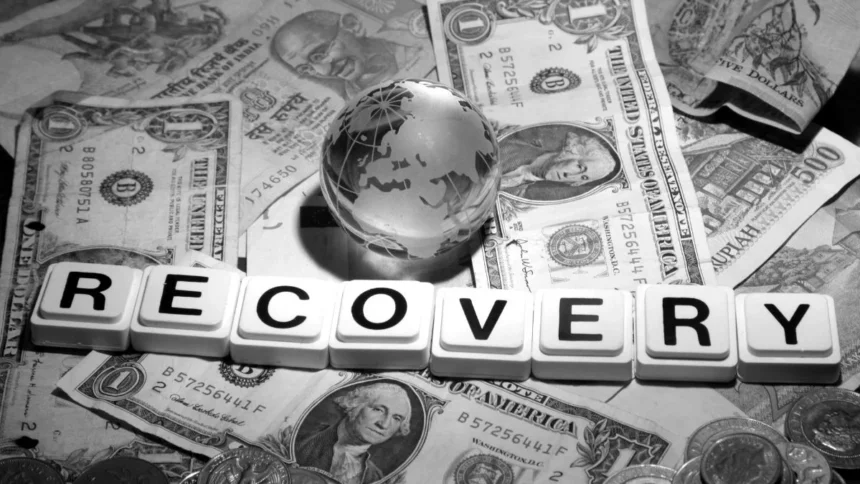Economic recovery is a critical objective for nations striving to rebuild after periods of financial downturn. Whether due to global recessions, pandemics, or geopolitical instability, economic disruptions affect businesses, governments, and individuals alike. Reviving prosperity requires a multifaceted approach that addresses immediate needs while laying the groundwork for sustainable growth.
Understanding the Core Challenges
Before devising strategies, it is essential to understand the primary challenges hindering economic recovery. These challenges often include:
- High Unemployment Rates: Job losses during downturns can lead to reduced consumer spending and lower productivity.
- Decreased Consumer Confidence: Financial uncertainty often makes consumers reluctant to spend, further dampening economic activity.
- Supply Chain Disruptions: Broken or inefficient supply chains can halt production and trade.
- Rising Debt Levels: Both public and private sectors may face overwhelming debt burdens.
- Inflation or Deflation: Price instability can erode purchasing power and investment confidence.
Strategies for Economic Recovery
1. Fiscal Stimulus Packages
Governments play a pivotal role in jumpstarting economic activity. By implementing fiscal stimulus measures such as direct cash transfers, tax relief, and infrastructure investments, policymakers can increase disposable income and spur demand. For example, investing in public works projects not only creates jobs but also enhances national infrastructure, boosting long-term productivity.
2. Monetary Policy Adjustments
Central banks can influence recovery by adjusting interest rates and implementing quantitative easing. Lowering interest rates reduces borrowing costs for businesses and consumers, encouraging spending and investment. Additionally, injecting liquidity into the financial system ensures that businesses have access to necessary capital.
3. Support for Small and Medium Enterprises (SMEs)
SMEs are often the backbone of economies, generating employment and driving innovation. Governments and financial institutions can offer targeted support through grants, low-interest loans, and mentorship programs to help these businesses recover and thrive.
4. Workforce Development
Addressing unemployment requires investing in workforce development. Reskilling and upskilling programs enable workers to adapt to changing market demands, particularly in high-growth industries such as technology, renewable energy, and healthcare. Public-private partnerships can be instrumental in funding and designing these programs.
5. Strengthening Global Trade
Open and fair trade policies can accelerate recovery by expanding market access for goods and services. Governments should work to reduce trade barriers, resolve disputes, and promote regional economic integration to foster growth.
6. Promoting Innovation and Technology
Innovation drives efficiency and opens new avenues for economic expansion. Governments and private sectors should invest in research and development (R&D) to create cutting-edge solutions in industries like artificial intelligence, clean energy, and biotechnology.
7. Ensuring Economic Equity
Economic recovery efforts must prioritize inclusivity. Policies should focus on reducing income inequality, ensuring equal access to resources, and addressing systemic barriers that hinder marginalized communities from participating in economic growth.
Measuring Progress
To ensure the effectiveness of recovery strategies, robust metrics are essential. Key performance indicators (KPIs) such as GDP growth, employment rates, consumer spending, and inflation levels provide insights into economic health. Governments and policymakers should continuously monitor these metrics and adjust strategies as needed.
A Vision for the Future
Economic recovery is not merely about returning to pre-crisis conditions but about building a resilient, inclusive, and sustainable economy. This requires forward-thinking leadership, international cooperation, and a commitment to innovation. By addressing immediate challenges and fostering long-term growth, nations can revive prosperity and ensure stability for future generations.
Get more info: https://www.timelinetale.com/







